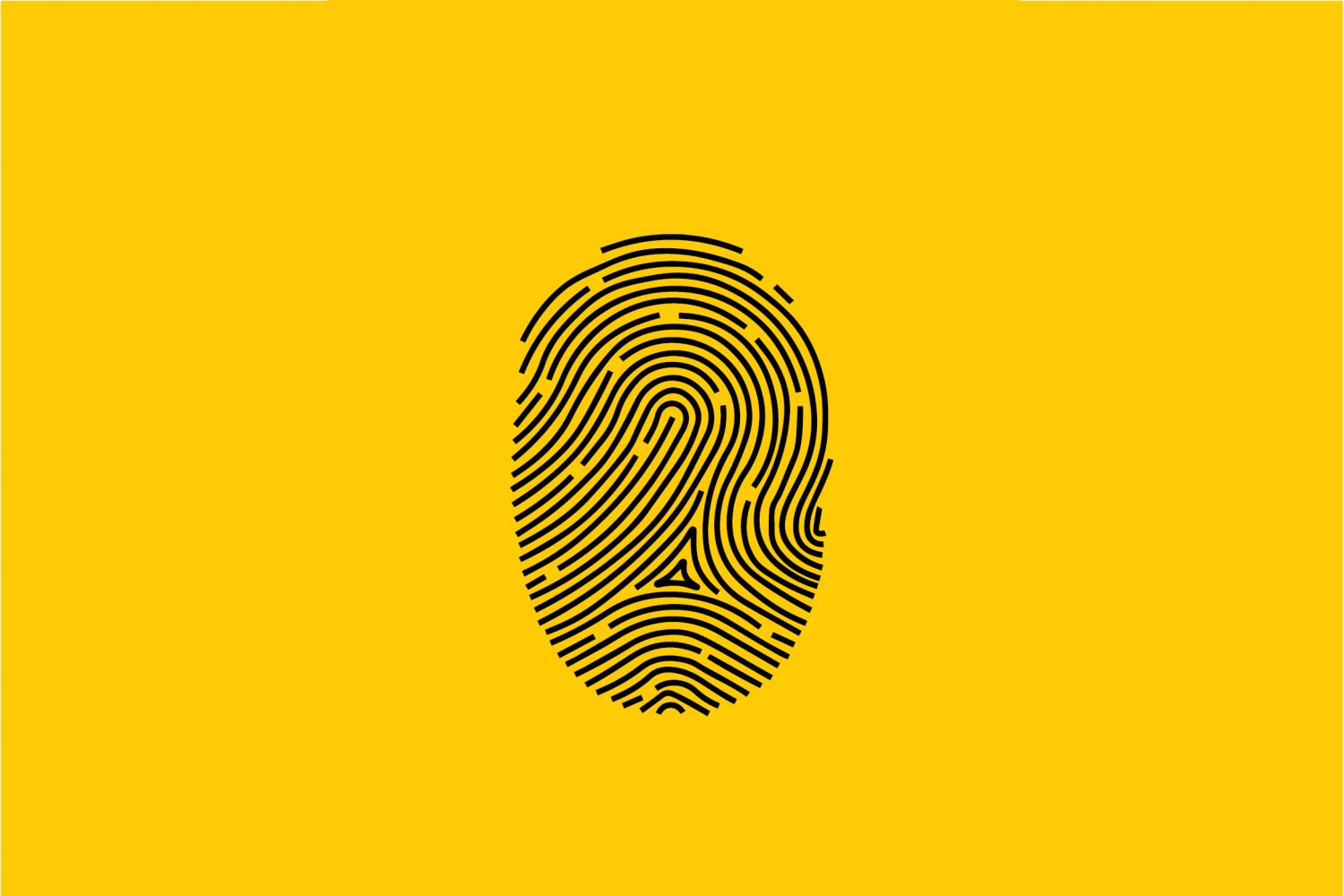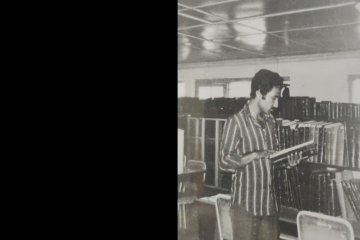
The idea of a physician-turned-writer may remind readers of
Sir Arthur Conan Doyle, especially when the genre is crime fiction. The description
fits well for renowned forensic surgeon, Dr. B. Umadathan who died recently.
Conan Doyle created Sherlock Holmes at a point in his life when he had no
patients. In fact, medicine was the only field where the multifaceted Doyle
failed to prove his merit. In Dr. Umadathan’s case, however, the medico-legal
field is likely to remember him as one of it





